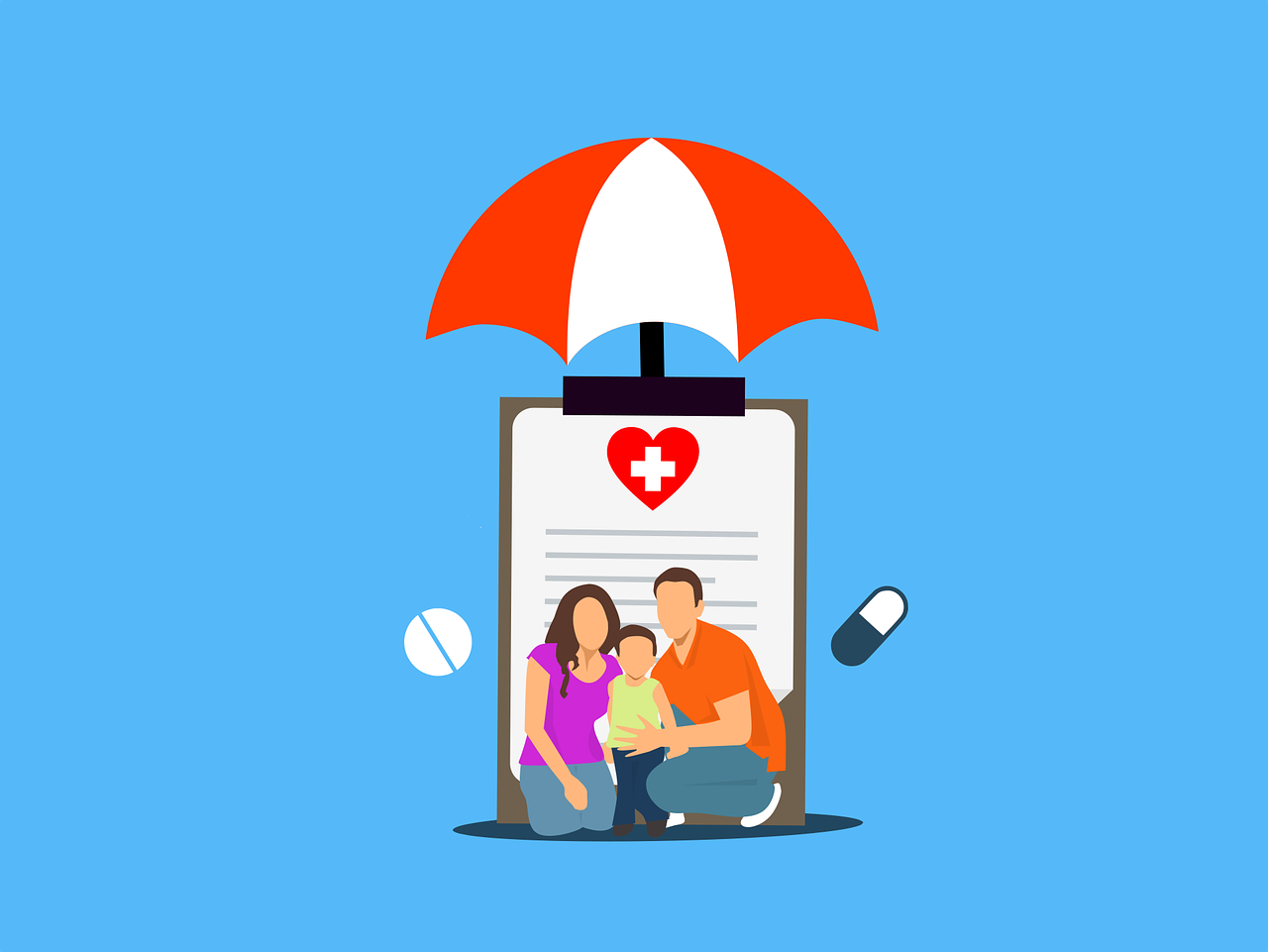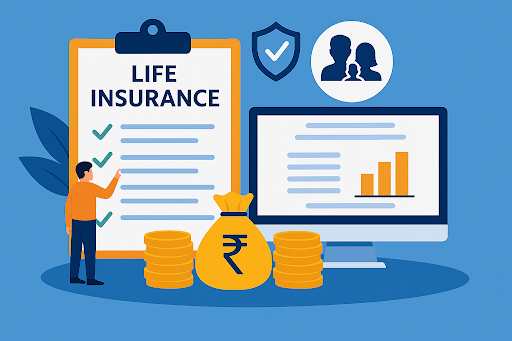How to Use Life Insurance to Cover Health-Related Expenses

Strong 8k brings an ultra-HD IPTV experience to your living room and your pocket.
Life insurance is often seen as a financial safety net for your loved ones after you pass away. While this is one of its primary purposes, certain types of life insurance policies can also be leveraged to address pressing needs during your lifetime, including unexpected health-related expenses. In a world where healthcare costs are rising steadily, understanding how to utilize your life insurance policy for medical expenses can offer crucial financial relief in difficult times.
In this blog, we'll explore how different life insurance policies can help you cover health-related expenses, the specific features you need to look for, and the potential benefits and drawbacks of using life insurance in this way.
1. Understanding Cash Value in Life Insurance
Certain types of life insurance—such as whole life and universal life insurance—build cash value over time. A portion of the premiums you pay goes into an investment component, which accumulates cash value on a tax-deferred basis. This cash value can be accessed while you're still alive, providing a financial resource that can be used for various purposes, including paying for health-related expenses.
A. Whole Life Insurance
Whole life insurance offers guaranteed cash value growth over time. Once the cash value reaches a certain level, you can take a loan or withdraw from it to cover unexpected medical expenses. The policyholder can continue to maintain life coverage even after accessing the cash value, though any unpaid loans or withdrawals will reduce the death benefit.
B. Universal Life Insurance
Universal life insurance policies are more flexible than whole-life policies and allow you to adjust your premiums and death benefits as needed. The cash value in a universal life policy can be used for health-related expenses in the same way as a whole life policy. However, keep in mind that using too much of the cash value can reduce the overall death benefit or cause the policy to lapse.
Tip: Before accessing your policy’s cash value, review how this will impact your future premiums and coverage. A financial advisor can help guide this process to ensure you don’t jeopardize your long-term life insurance protection.
2. Using Living Benefits for Health-Related Expenses
Some life insurance policies come with an accelerated death benefit (ADB) rider, also known as living benefits. This feature allows you to access a portion of your death benefit early if you are diagnosed with a terminal, chronic, or critical illness. This money can then be used to cover health-related expenses, such as medical bills, long-term care, or even in-home nursing care.
A. Terminal Illness Rider
If you are diagnosed with a terminal illness and your life expectancy is limited (often six months to two years), the terminal illness rider allows you to access a significant portion of your death benefit early. This can help pay for costly treatments, hospice care, or other medical expenses, providing financial relief during a difficult time.
B. Critical Illness Rider
Critical illness riders allow you to tap into your life insurance policy if you are diagnosed with a serious condition like cancer, heart attack, or stroke. The money can be used for out-of-pocket medical expenses, including surgeries, medications, or treatments not fully covered by your health insurance. It can also help with non-medical expenses, such as paying your mortgage or household bills while you're recovering.
C. Chronic Illness Rider
For those who suffer from a chronic illness or disability that impairs daily living activities (e.g., bathing, dressing, or eating), the chronic illness rider can provide access to your policy’s death benefit early. This is particularly helpful in covering long-term care costs, such as home healthcare or assisted living, which are typically not covered by traditional health insurance plans.
3. Life Insurance Loans for Medical Expenses
Another way to use life insurance to cover medical costs is by taking out a loan against the cash value of your policy. This option is available with permanent life insurance policies (whole life or universal life) that have built up sufficient cash value.
A. How Life Insurance Loans Work
When you take a loan from your life insurance policy, you’re essentially borrowing money from the insurer using the cash value as collateral. The loan doesn’t need to be repaid, but any outstanding amount, including interest, will be deducted from your death benefit. This means your beneficiaries will receive a reduced payout upon your death if the loan is not repaid.
B. Using Loans for Medical Costs
Life insurance loans can be a flexible way to cover health-related expenses without affecting your policy’s cash value growth. Loans can be used to pay for a variety of medical expenses, including unexpected surgeries, out-of-network care, or even alternative treatments not covered by your health insurance.
Tip: Policy loans often come with lower interest rates compared to personal loans or credit cards, making them an attractive option when facing large medical bills.
4. Long-Term Care Riders and Hybrid Policies
In response to the growing demand for long-term care coverage, many insurers now offer long-term care (LTC) riders or hybrid life insurance policies that combine life insurance with long-term care benefits. These riders allow you to access the death benefit early to pay for long-term care services if you develop a serious health condition that affects your ability to perform daily activities.
Hybrid policies combine life insurance with long-term care insurance. With these policies, if you need long-term care, the benefits are paid out during your lifetime to cover these costs. If you don’t use the long-term care benefit, the full death benefit will go to your beneficiaries. These policies offer flexibility in using your coverage either for care or as a death benefit.
Closure!
While life insurance is primarily designed to provide financial security for your loved ones after you pass away, certain policies and riders offer valuable features that can be used to cover health-related expenses during your lifetime. Whether through cash value withdrawals, accelerated death benefit riders, or life insurance loans, there are multiple ways to leverage your policy when facing high medical costs.
Before using your life insurance to cover medical expenses, it’s important to consult with your insurance provider or financial advisor to fully understand the implications for your policy and your long-term financial goals. When used correctly, life insurance can be a powerful tool in managing both your family’s future and your current health-related financial needs.
Note: IndiBlogHub features both user-submitted and editorial content. We do not verify third-party contributions. Read our Disclaimer and Privacy Policyfor details.








